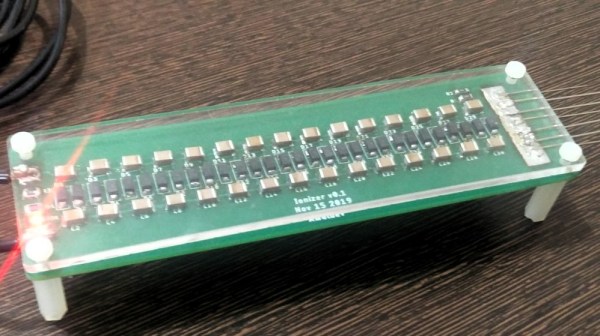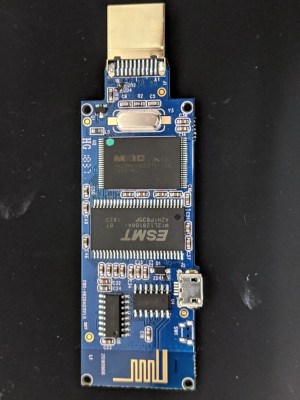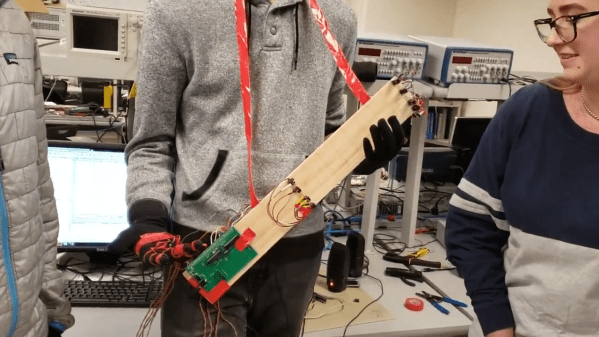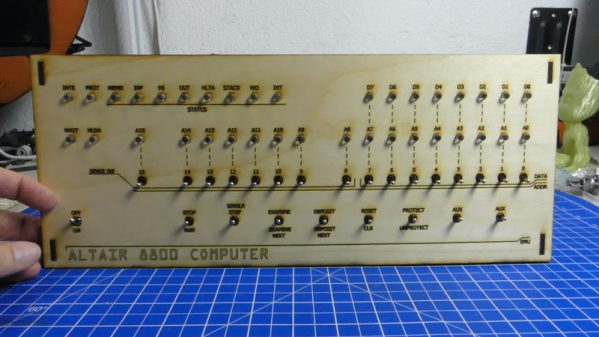Air quality is one of those problems that is rather invisible and hard to grasp until it gets bad enough to be undeniable. By then, it may be too late to do much about it. But if more people were interested in the problem enough to monitor the air around them, there would be more innovators bringing more ideas to the table. And more attention to a problem usually means more accountability and eventual action.
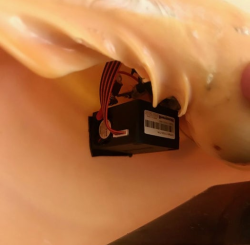 This solar-powered particulate analyzer made by [rabbitcreek] is a friendly way to take the problem out of the stratosphere of ‘someday’ and bring it down to the average person’s backyard. Its modular nature makes it fairly simple to build, and the conch shell enclosure gives it a natural look. That shell also cleverly hides the electronics, while at the same time allowing air and particulates to reach the sensor. If you don’t like the shell enclosure, we think the right type of bird feeder could protect the electronics while allowing airflow.
This solar-powered particulate analyzer made by [rabbitcreek] is a friendly way to take the problem out of the stratosphere of ‘someday’ and bring it down to the average person’s backyard. Its modular nature makes it fairly simple to build, and the conch shell enclosure gives it a natural look. That shell also cleverly hides the electronics, while at the same time allowing air and particulates to reach the sensor. If you don’t like the shell enclosure, we think the right type of bird feeder could protect the electronics while allowing airflow.
[rabbitcreek] attached a sizeable solar panel to the shell on a GoPro mount so it can be adjusted to face the sun. The panel charges a Li-Po battery that gets boosted to 5V. Every two hours, a low-power breakout circuit wakes up the Feather ESP32 and takes a reading from the particulate sensor. [rabbitcreek] can easily see the data on his phone thanks to the Blynk app he created.
Why limit this to your yard? Bare ESP32s are cheap enough that it’s feasible to build a whole network of air quality sensors.



